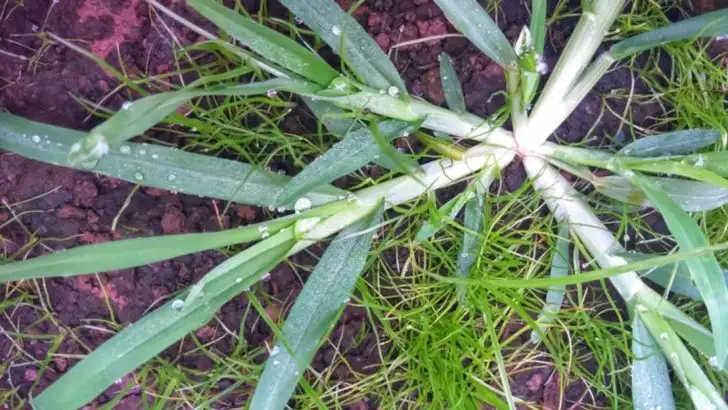Goosegrass is a persistent weed that can easily take over your lawn, but with the right strategies, you can prevent it from spreading. First, the best defense is a thick, healthy lawn. Goosegrass thrives in bare, compacted soil, so regularly aerating your lawn will help improve soil health and allow grass roots to establish better.
Mowing at the right height is also crucial. Keep your grass at the recommended height for your specific type to shade the soil and prevent goosegrass from getting enough light to germinate. If you notice any signs of goosegrass appearing, spot treat it with a selective herbicide designed for broadleaf weeds. Just be sure to follow instructions carefully to avoid harming your desirable grass.
Another effective method is to use pre-emergent herbicides in early spring, before goosegrass seeds begin to germinate. Applying these at the right time can prevent new weeds from sprouting. Lastly, if goosegrass is already established, manual removal through digging or pulling up the weeds can help reduce their spread. By combining these strategies, you can keep goosegrass at bay and maintain a healthy, thriving lawn.
Regular Lawn Aeration
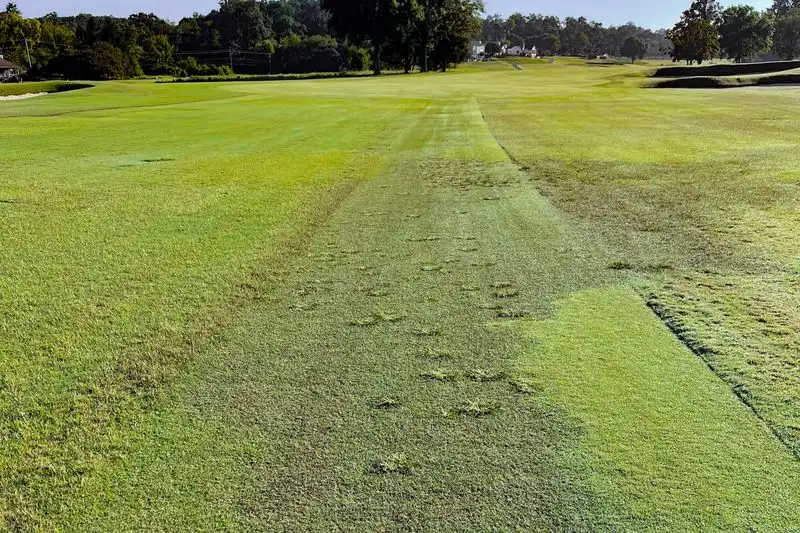
Combat compacted soil with regular aeration. This technique improves air flow and nutrient absorption, creating a less hospitable environment for goosegrass. Begin by aerating your lawn at least once a year, ideally in the fall. This allows grass roots to expand and strengthens their hold.
Over time, enhanced soil conditions favor your preferred turfgrass over goosegrass. Also, well-aerated lawns improve water infiltration, reducing surface moisture that goosegrass thrives on. Prioritize areas with heavy foot traffic, as compaction is more likely.
Proper Mowing Techniques

Adjust your mowing height to give your grass an edge. Raise the mower blades to keep grass slightly taller, shading potential goosegrass seedlings. Taller grass can outcompete goosegrass by blocking sunlight.
Leave clippings to mulch. This mat of grass helps retain moisture and provides essential nutrients, boosting lawn health. Avoid cutting more than one-third of the grass height in one mow to prevent stress.
Effective Weed Barriers
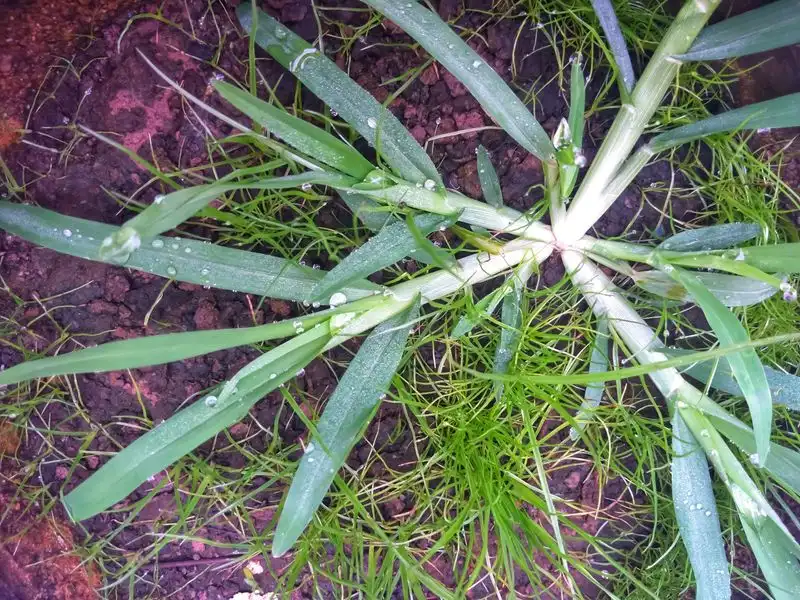
Weed barriers act as the first line of defense. Use pre-emergent herbicides in early spring before goosegrass germinates. Timing is crucial, so apply when temperatures hover around 55°F.
As it prevents seed germination, this strategy keeps your lawn clear of new goosegrass infestations. Consistent application every year fortifies your lawn’s defenses. Be sure to follow up with post-emergent options for existing weeds.
Consistent Watering Schedule
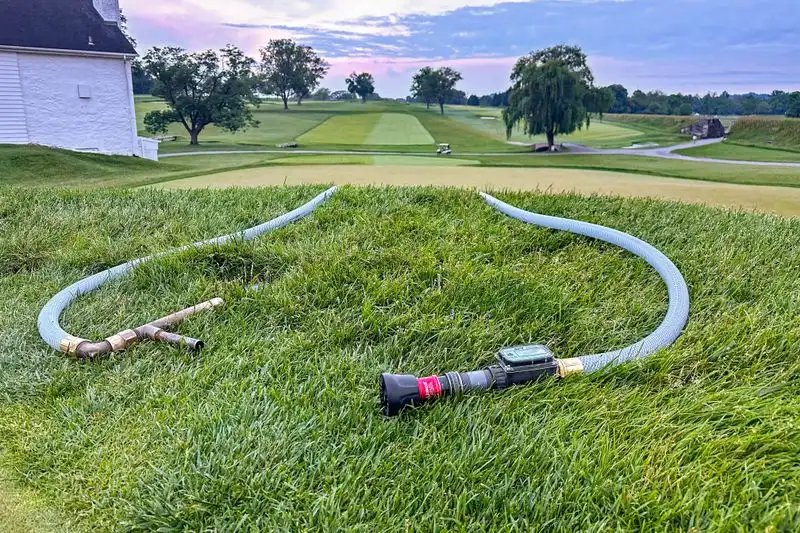
Establish a watering routine that benefits your lawn without encouraging goosegrass. Water deeply but less frequently, targeting early morning sessions. This approach allows moisture to reach deeper roots, promoting robust grass health.
Shallow, frequent watering benefits goosegrass, so stick to a consistent schedule. Deep watering twice a week is often sufficient, adjusting for rainfall. This method creates an environment where turfgrass thrives over unwelcome weeds.
Soil Testing and Fertilization
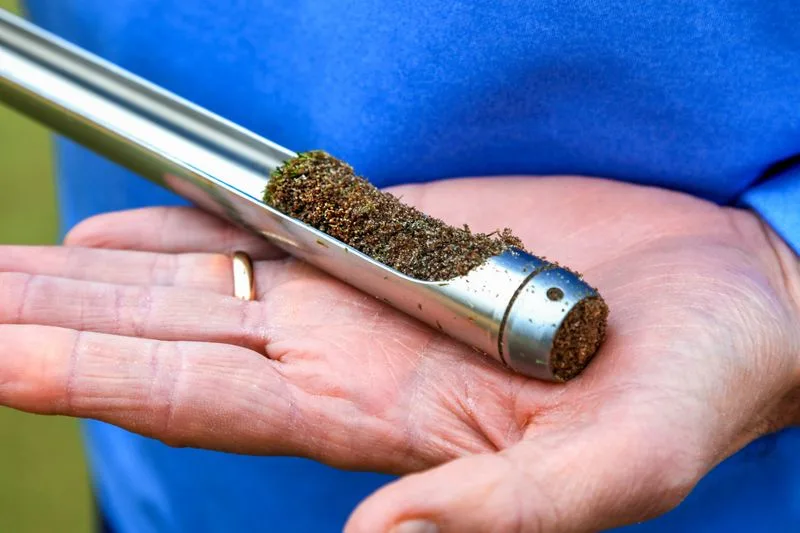
Understanding your soil’s nutrient profile is crucial. Conduct soil tests to identify deficiencies and tailor your fertilization strategy accordingly. Balanced nutrients strengthen your grass, making it harder for goosegrass to take hold.
Fertilize during the growing season, aligning with your soil’s needs. This ensures your lawn receives the right nutrients at the right time, boosting grass resilience. Avoid over-fertilizing, which can inadvertently encourage weed growth.
Solar-Powered Lawn Gnomes

Imagine lawn gnomes harnessing the power of the sun to combat pesky weeds! These solar-powered sentinels are not only charming but functional. During the day, they soak up solar energy, and at night, they shine a gentle light on the lawn.
This constant illumination disrupts the growth cycle of goosegrass, which prefers darker conditions. Placing a few of these gnomes strategically can deter the spread of these stubborn weeds. They’re an eco-friendly, whimsical addition to any lawn – blending fun with utility. Consider them a delightful ally in your ongoing battle against unwanted weeds.
Chicken Lawn Patrol

Enlist a feathery squad to patrol your lawn! Chickens can be surprisingly effective at controlling goosegrass as they scratch and peck at the ground. Their natural instinct to forage helps them uncover and eat weed seeds.
This reduces the chance of goosegrass reappearing. Plus, they aerate the soil, promoting healthier grass growth. Keep in mind, a proper coop is a must to protect your new recruits. This method adds a touch of rustic charm and sustainability, turning your lawn into a mini-ecosystem. It’s a delightful way to manage unwanted weeds naturally!
Yarn Bombing the Yard
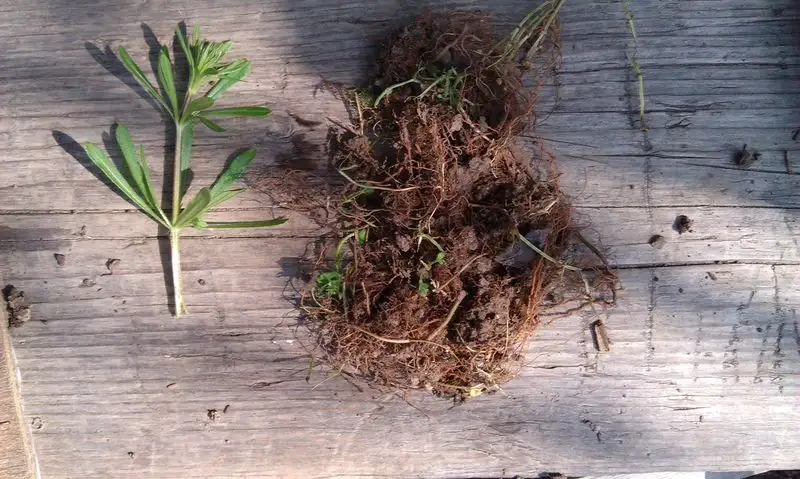
Who knew yarn could be a gardener’s ally? Yarn bombing isn’t just for urban art – it’s a creative way to tackle weeds. By covering sections of your lawn with colorful yarn, you create a physical barrier.
This discourages goosegrass from taking root and spreading. It’s an eye-catching strategy that adds personality to your garden. While it might sound quirky, the vibrant colors not only delight but serve a practical purpose. Plus, it’s an engaging project for the whole family, offering a blend of art and practical weed control. Try this for a pop of color and utility!
Flame Weeding Fiesta

Turn up the heat with flame weeding! This fiery method involves using a flame weeder to apply direct heat to goosegrass. The heat disrupts plant cells, killing the weed without toxic chemicals.
It’s a quick, satisfying way to tackle invasive patches. While care is needed to avoid damaging nearby plants, this method is highly effective. It brings a touch of excitement to gardening, as well as providing a visual spectacle. Combining safety with efficiency, flame weeding is an exciting addition to your lawn care toolkit. It’s the perfect solution for those who enjoy a bit of fiery flair!

